Share Your AIS Inspection Tips & Waterway Reports: If you care about protecting America’s waterways from invasive species, joining a forum to share your Aquatic Invasive Species (AIS) inspection tips and waterway reports is a powerful way to help. Whether you’re a pro inspector, volunteer, boater, or environmental enthusiast, sharing knowledge supports cleaner lakes and rivers for everyone. This article provides an easy-to-understand, yet authoritative guide to AIS inspections, the latest technologies and regulations, the economic impact of AIS in the US, and how community involvement makes a real difference.
Table of Contents
Share Your AIS Inspection Tips & Waterway Reports
Joining an AIS forum and sharing your inspection tips and waterway reports empowers you to safeguard America’s natural aquatic heritage. Combining proven Clean, Drain, Dry practices with cutting-edge AI inspection tools, detailed reporting, and community support is our best defense against costly, destructive invasions. Getting involved turns individual efforts into a collective force, protecting lakes, rivers, and the economy for today and tomorrow. Roll up your sleeves and dive into forums where your insights can help preserve our precious waterways.
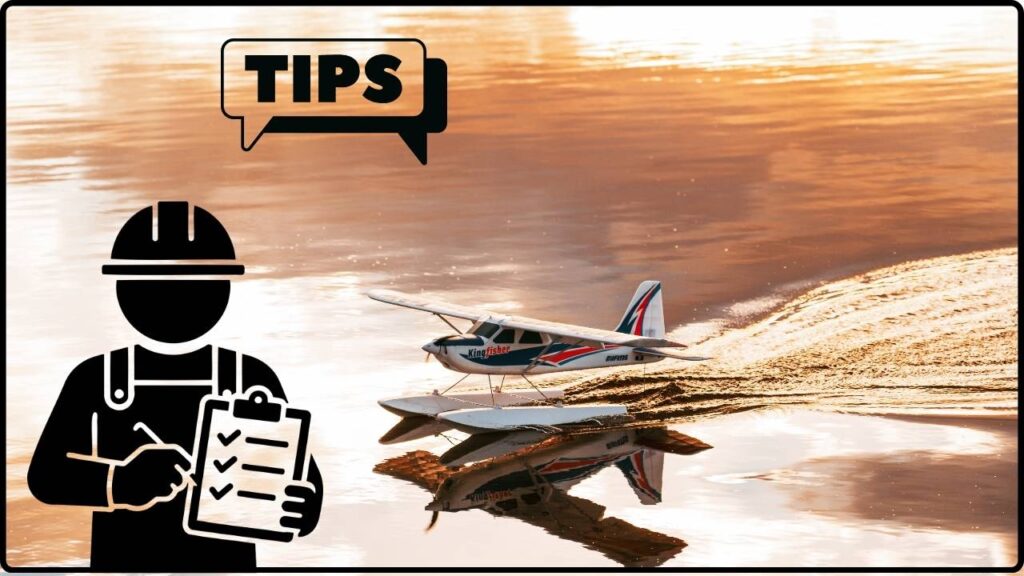
| Topic | Details & Stats | Career Info |
|---|---|---|
| AIS Inspection Basics | Inspection, decontamination, reporting | AIS Inspector, Environmental Specialist |
| Economic Impact | >$120 billion annual US damages | Environmental Policy & Conservation Roles |
| Latest Inspection Technology | AI-powered scans, drones, mobile reporting apps | Tech Specialist, Data Analyst |
| Community Engagement | Volunteer coordination, education programs | Outreach Specialist, Volunteer Coordinator |
What Is AIS Inspection & Why It Matters?
Understanding Aquatic Invasive Species (AIS)
Aquatic Invasive Species such as zebra mussels, quagga mussels, spiny water fleas, and invasive aquatic plants are species that are not native to US waters but spread rapidly and cause severe ecological and economic harm. These species can disrupt food chains, outcompete native species, and damage underwater habitats.
Importance of AIS Inspections
Inspections aim to prevent the spread of these unwanted guests by checking boats, trailers, and equipment for any hitchhiking AIS before and after use. The Clean, Drain, Dry mantra is central to this process, urging boaters to clean off all visible material, drain all water, and dry the watercraft thoroughly to stop the spread.
Economic Stakes
The economic impact is staggering — AIS are responsible for an estimated $120 billion in damages annually across sectors like fisheries, tourism, water infrastructure, and property values. Investing time in inspections saves money and preserves natural resources.
Breaking Down AIS Inspection Tips & Waterway Reports: Step-by-Step Guide
Step 1: Know Your AIS
Understanding identifying features of common invasive species is crucial for effective inspections. Zebra mussels, for example, have sharp ridges and attach to boat hulls; spiny water fleas look like tiny shrimp with spiky tails. Familiarity helps you spot them quickly and accurately.
Step 2: Conduct a Thorough Inspection
Follow a systematic inspection process:
- Visual checks: Examine boat hull, motor, trailer, live wells, bilge areas, anchors, ropes, and paddles for any mud, plants, or animals.
- Use proper tools: Inspectors often use scrapers or brushes to remove stubborn materials.
- Education during inspection: Inspectors share educational materials highlighting how invasive species spread and prevention tips.
State programs train inspectors on how to document and report findings accurately, including taking samples of suspect species for laboratory identification.
Step 3: Decontaminate When Necessary
If invasive species or suspect materials are found, decontamination is vital. Procedures involve:
- High-pressure hot water sprays to instantly kill invasive organisms.
- Drying equipment for at least 5 days (or more depending on species) if hot water treatment is unavailable.
- Using approved chemical treatments if applicable.
Decontamination stations, often located at popular boat launches, help boaters comply.
Step 4: Submit Detailed Reports
Accurate data submission is key for tracking invasive species spread:
- Use state or federal agency portals or mobile apps for real-time reporting.
- Include boat details, inspection location, date, and any AIS found.
- Some programs use GPS-enabled devices to map inspection data geographically.
Submitting thorough reports enables agencies to identify infestation trends and allocate resources effectively.
Step 5: Join AIS Forums & Engage
AIS forums provide a platform to:
- Share inspection tips, including best practices and common pitfalls.
- Post waterway condition reports in real time.
- Exchange advice on new regulations, equipment, and technologies.
- Connect with volunteers, scientists, and regulators building a supportive community.
Forums also help raise public awareness and encourage compliance through peer influence.
Latest AIS Inspection Technologies (2025 Update)
Artificial Intelligence and Automated Inspections
AI-powered systems like Musashi AI’s Gen 2 use deep learning to analyze images of watercraft surfaces, flagging invasive species with high accuracy and reducing human error.
Drone Monitoring and Remote Sensing
Drones equipped with cameras can perform aerial surveillance of lakes and rivers, identifying dense invasive plant growth or changes in water clarity indicative of infestations.
Mobile Reporting Apps
Apps enable inspectors and boaters to log inspections, photograph potential invasives, and instantly share data with management agencies, accelerating response times.
Non-Destructive Testing
Techniques like ultrasound and 3D scanning inspect underwater gear without needing to dismantle or damage equipment, improving inspection efficiency.
These advances complement traditional inspection methods, improving coverage and data quality.
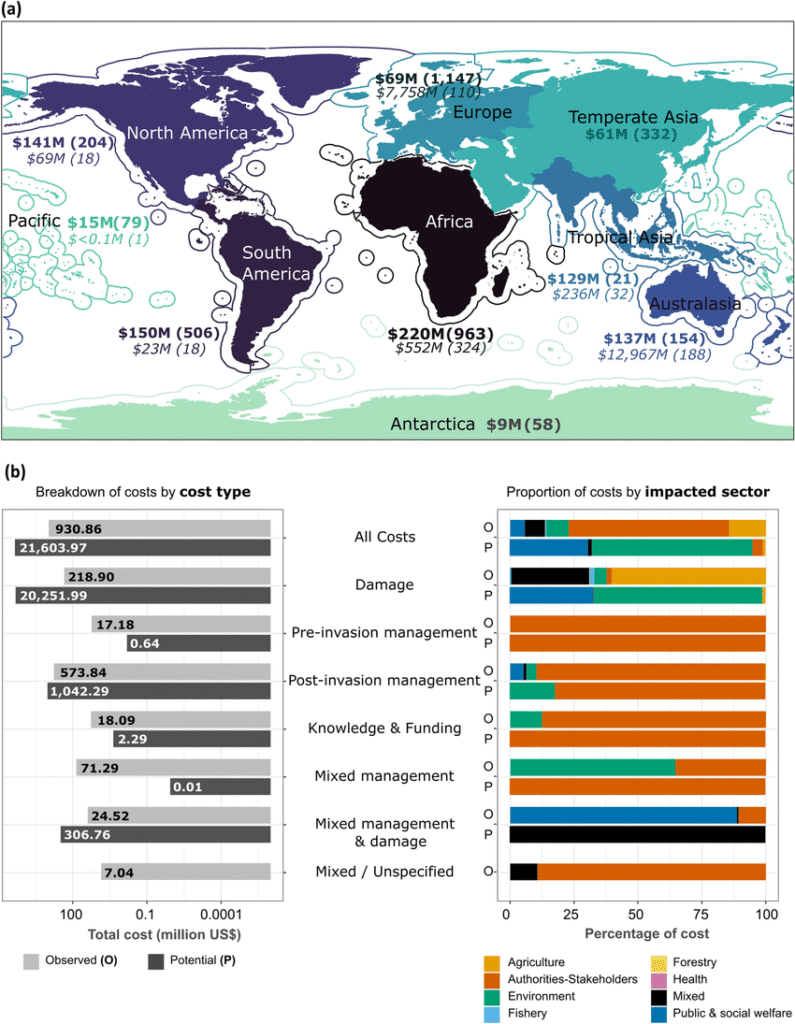
Updated AIS Regulations in 2025
- Mandatory Inspections: Many states require inspection and decontamination prior to accessing regulated waters, especially high-risk areas.
- Penalties for Non-Compliance: Fines and restrictions have increased to encourage cooperation.
- Data Privacy: Enhanced safeguards for storing and sharing inspection data protect personal information while facilitating cooperation.
- Risk-Based Inspections: Use of AI and statistical risk models help deploy inspection efforts where they’re most needed.
Stay updated with your local regulations by visiting your state environmental website or AIS commission.
Economic Impact of AIS in the United States
AIS cause wide-ranging economic damage:
- Water Infrastructure Costs: Clogged pipes and dams require costly cleaning and repair.
- Fishing & Recreation: Declines in native fish populations reduce commercial and sport fishing income.
- Tourism: Poor water quality and invasive plants deter visitors from lake and river areas.
- Property Values: Shoreline infestations can reduce waterfront property market values.
- Management Expenses: Federal, state, and local governments spend hundreds of millions annually combating AIS.
The overall impact exceeds $120 billion annually but is greatly reduced with effective inspection and prevention programs.
Community Engagement: Your Role in AIS Prevention
Social science research shows that peer influence and community norms strongly encourage AIS prevention behaviors. Programs such as Stop Aquatic Hitchhikers use:
- Educational campaigns.
- Local volunteer networks.
- Incentives for clean boating.
Volunteer inspectors educate and empower their communities, sharing experiences via forums and events. This builds social momentum and trust.
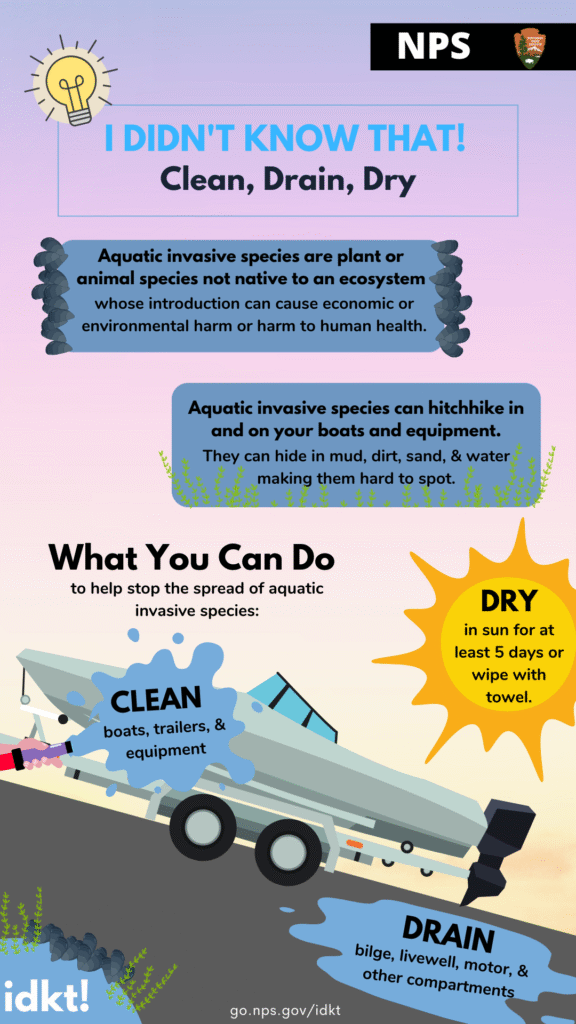
State-by-State AIS Regulations: A Seaplane Pilot’s Compliance Guide
Why Protecting Waterway Access is Every Pilot’s Responsibility
Avoiding Fines: A Complete Guide to AIS Transport Laws for Pilots
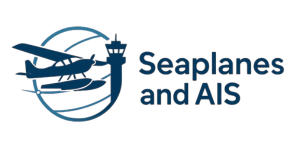
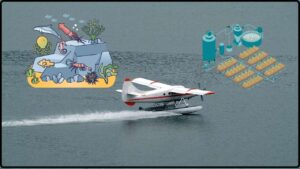
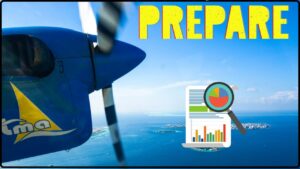

![Case Study How [Lake Association] Partners with Pilots to Stop AIS](https://seaplanesandais.com/wp-content/uploads/2025/11/Case-Study-How-Lake-Association-Partners-with-Pilots-to-Stop-AIS-300x169.jpg)
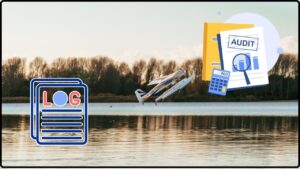
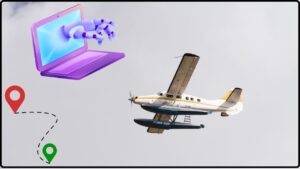


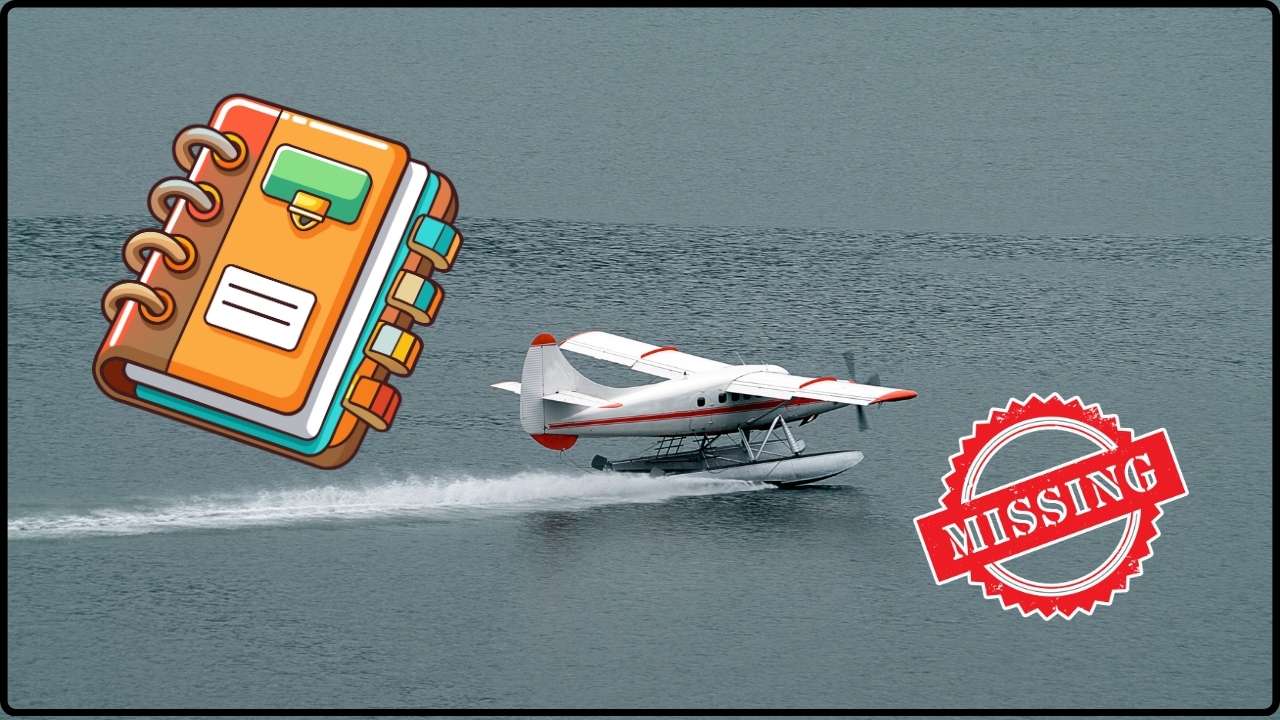

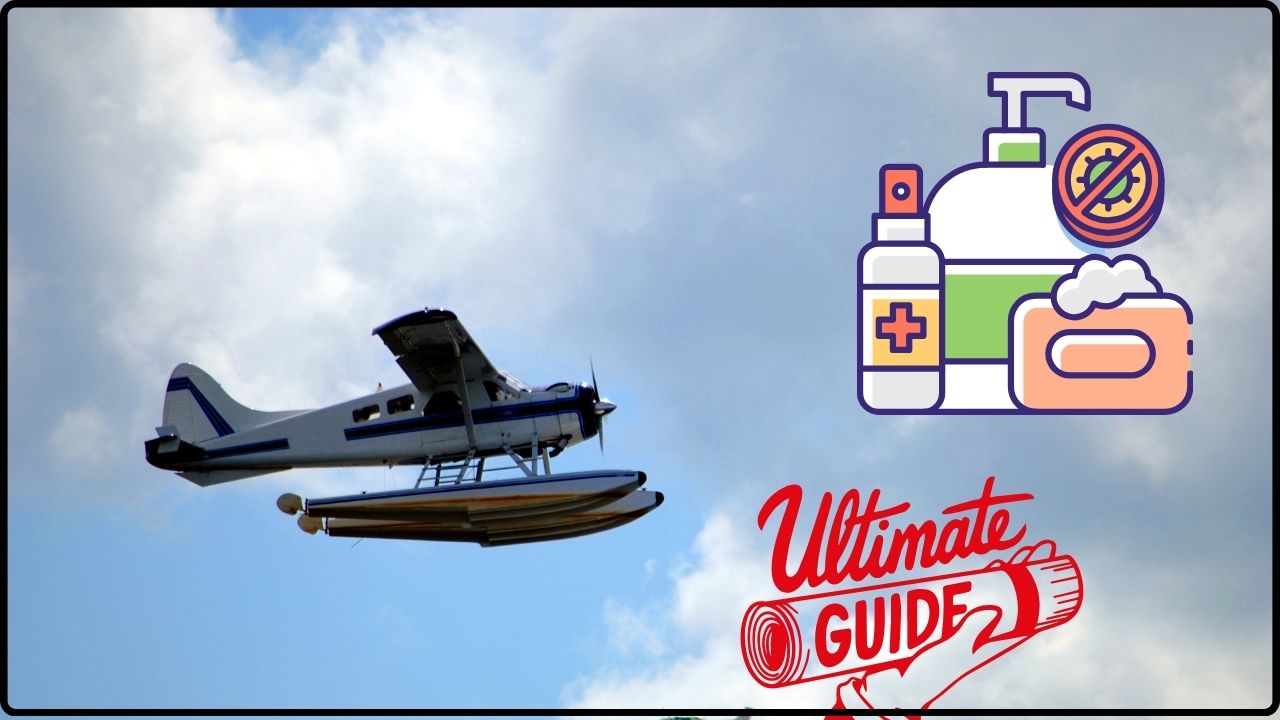


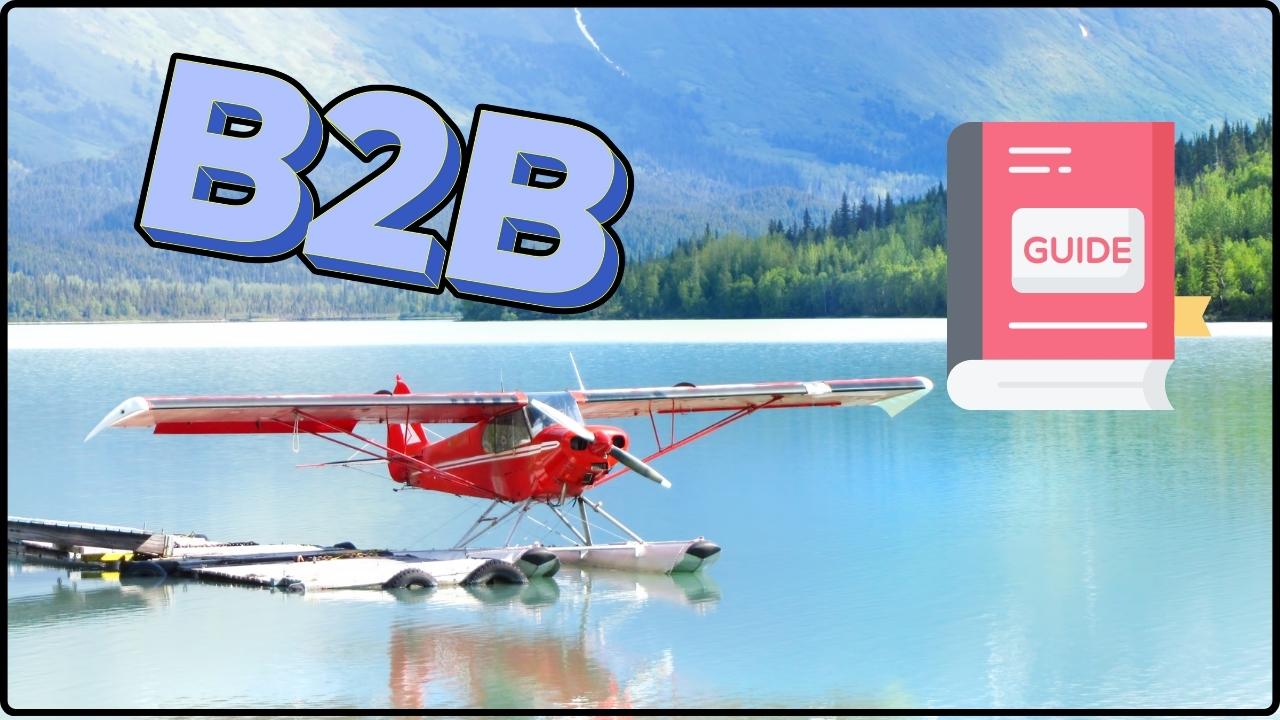
![Case Study: How [Lake Association] Partners with Pilots to Stop AIS](https://seaplanesandais.com/wp-content/uploads/2025/11/Case-Study-How-Lake-Association-Partners-with-Pilots-to-Stop-AIS.jpg)
